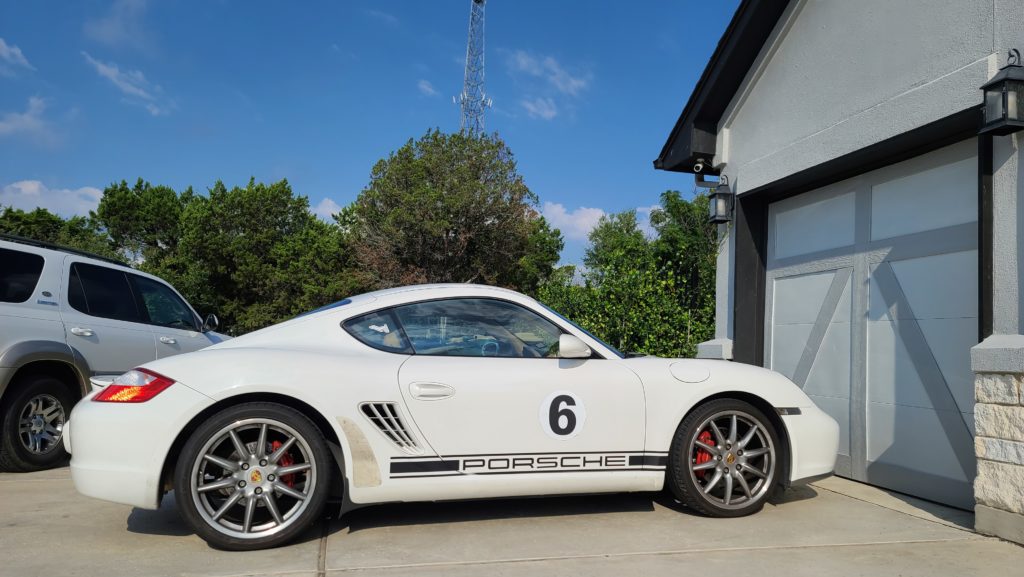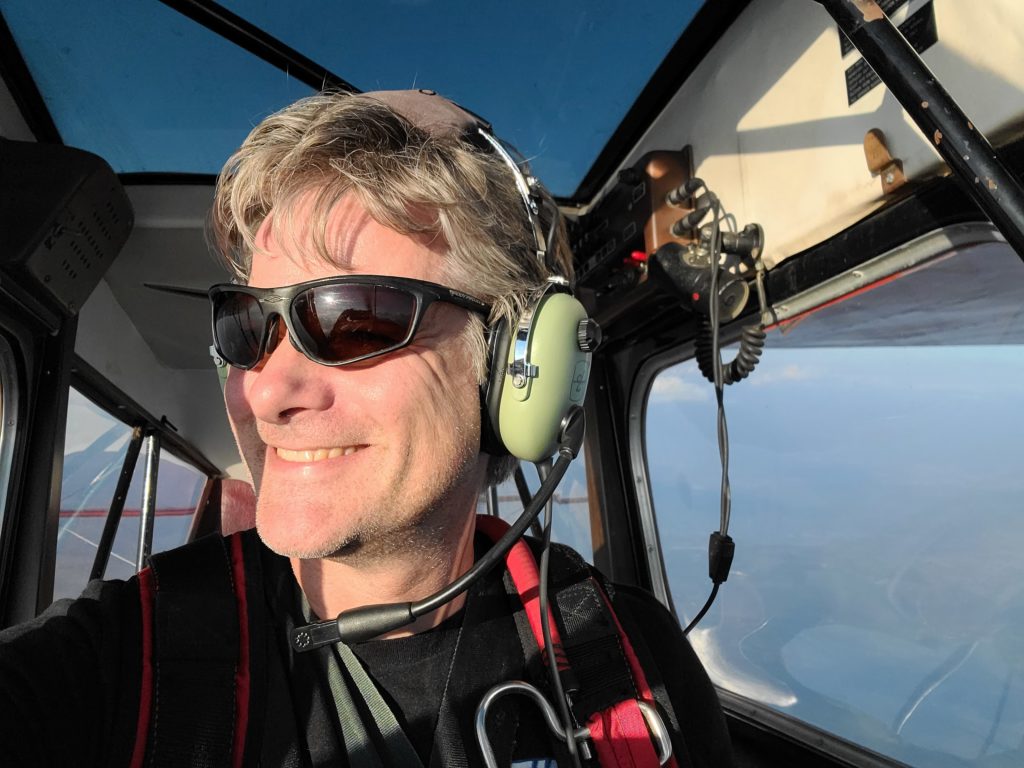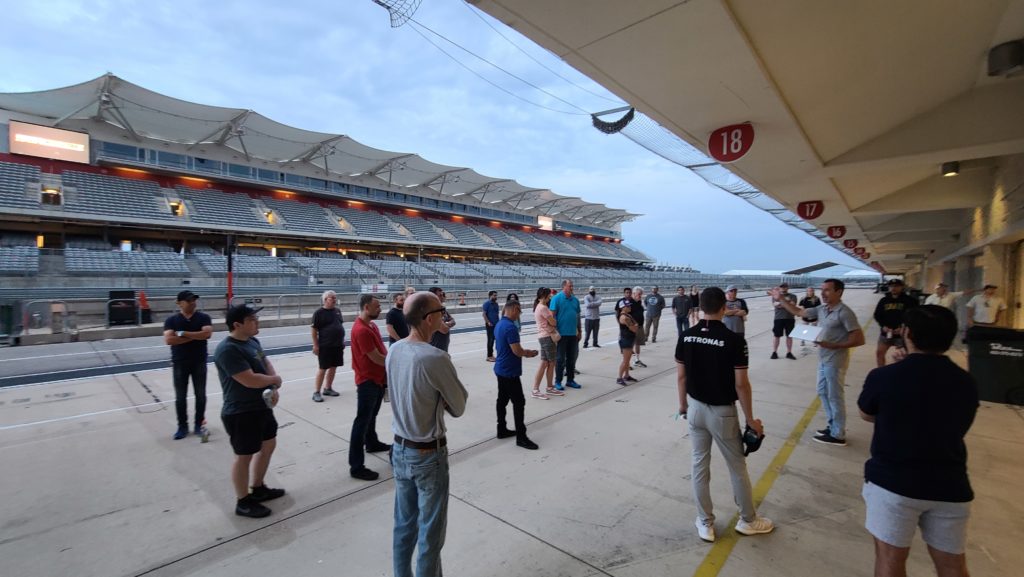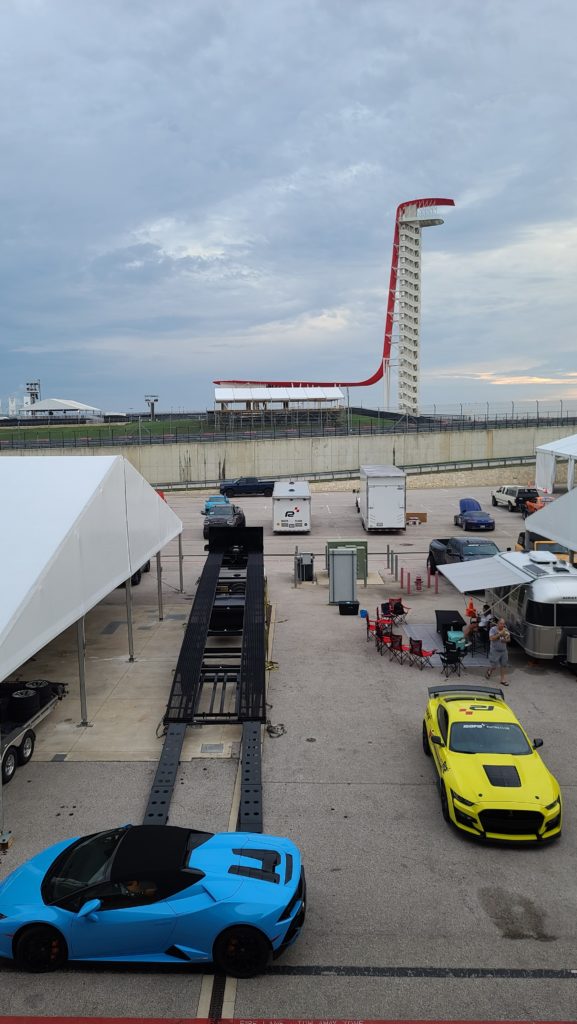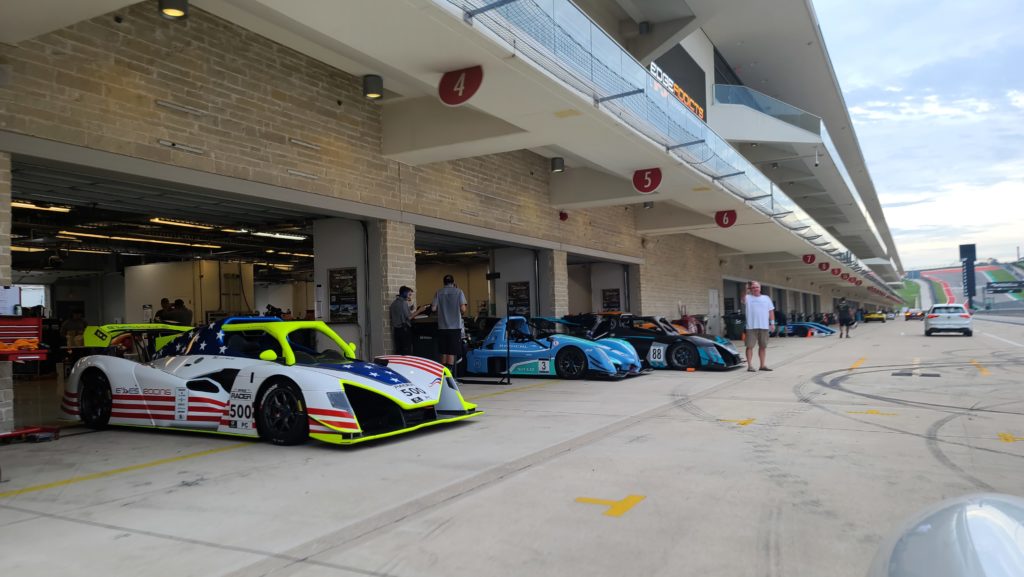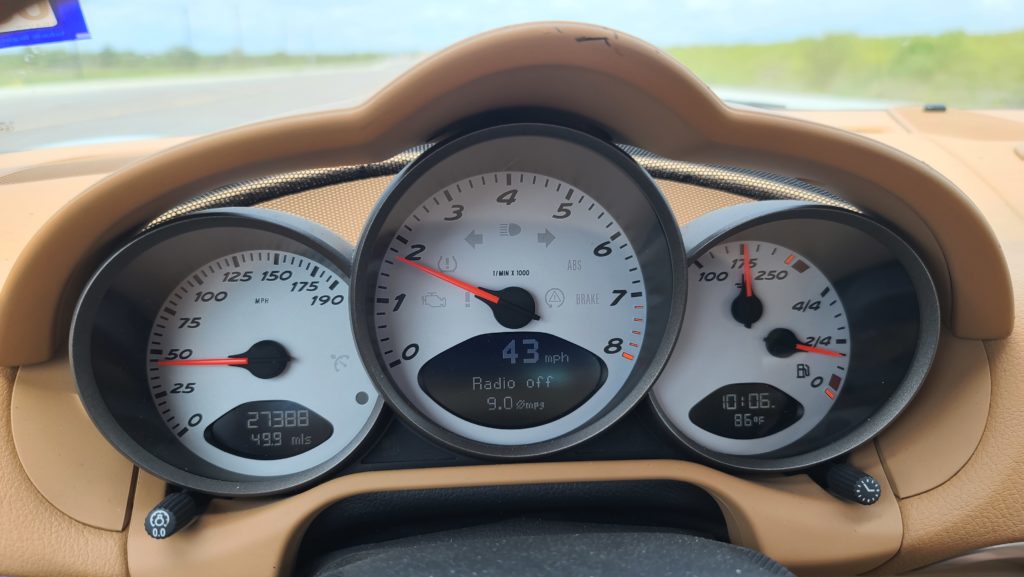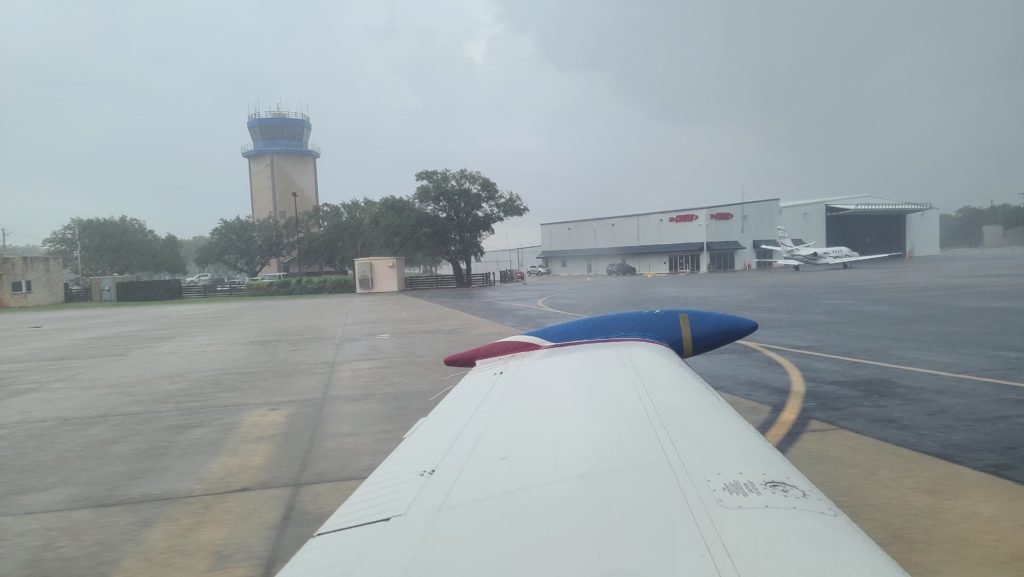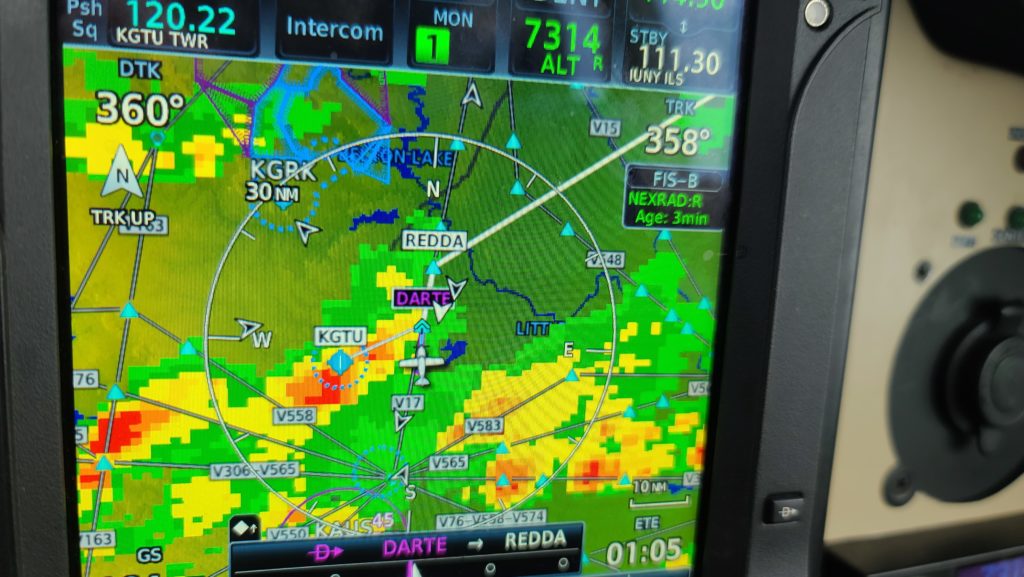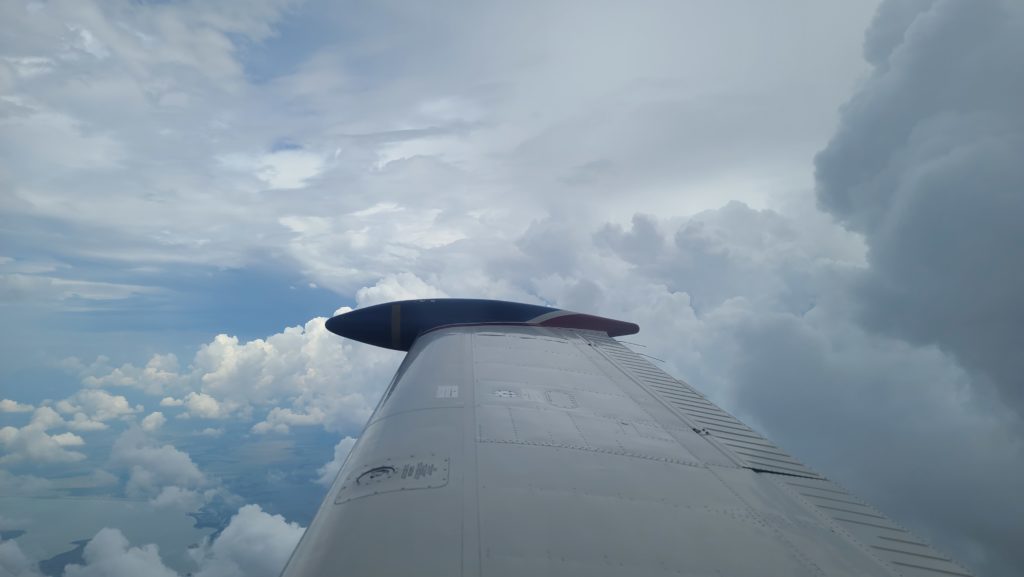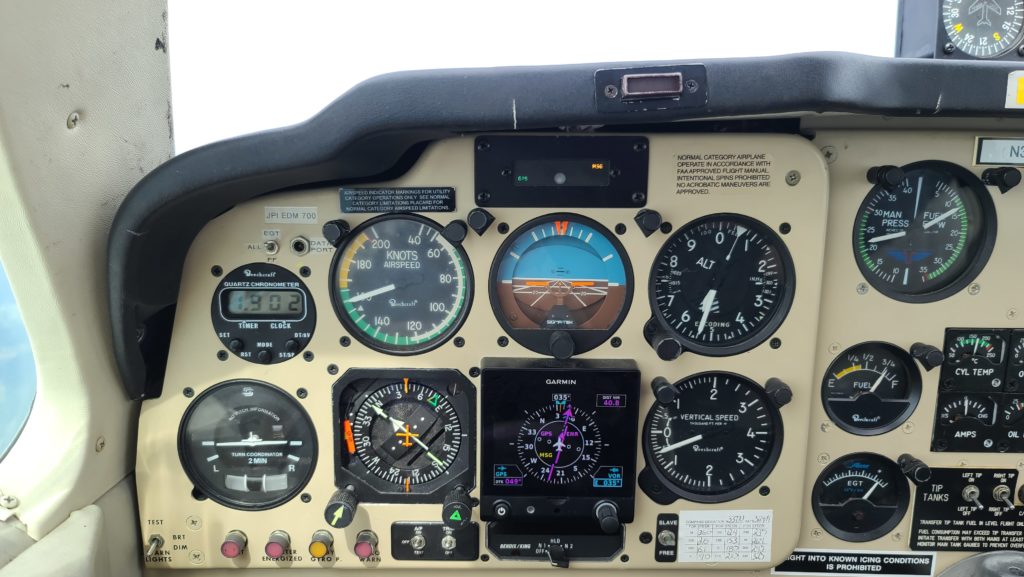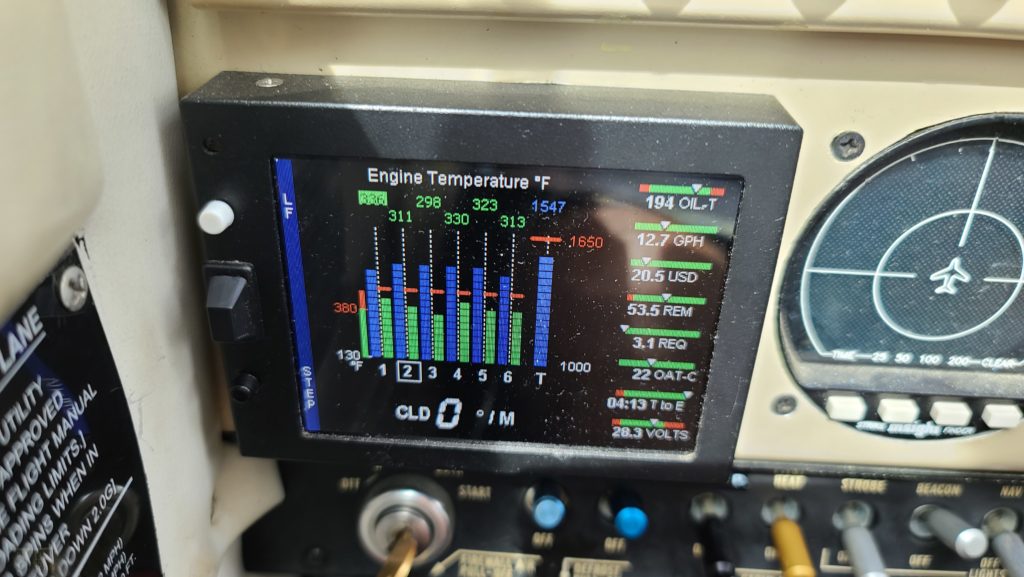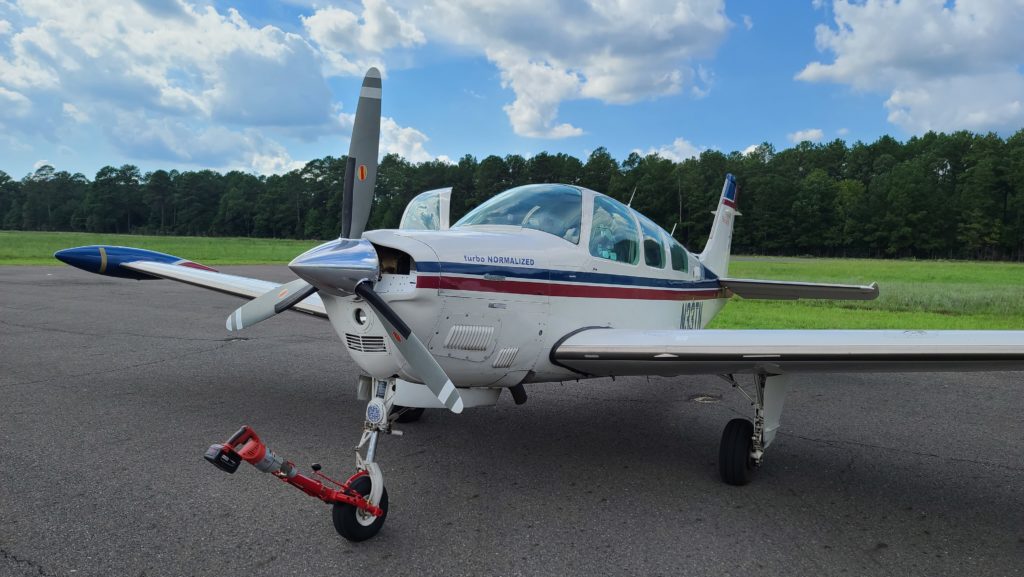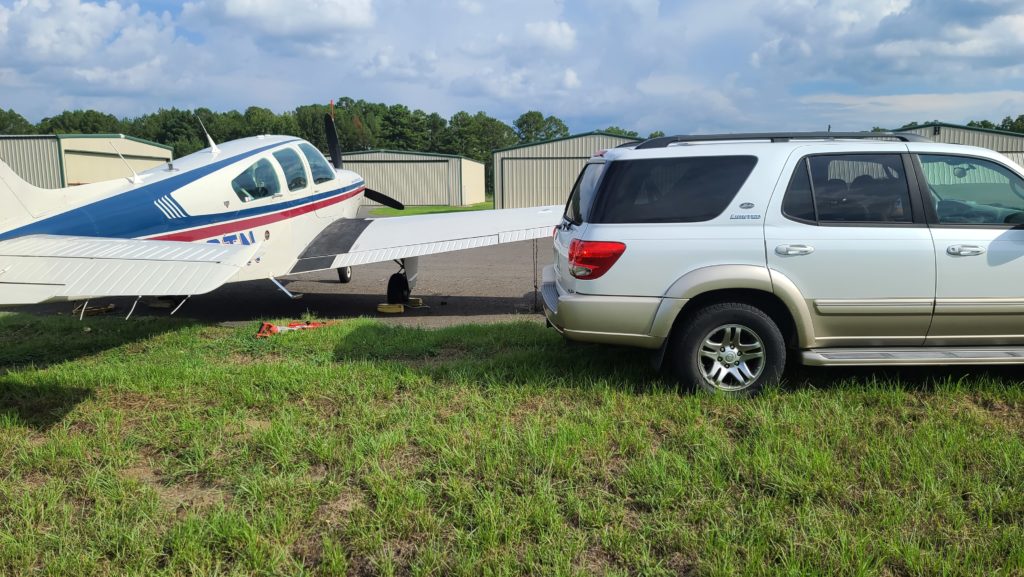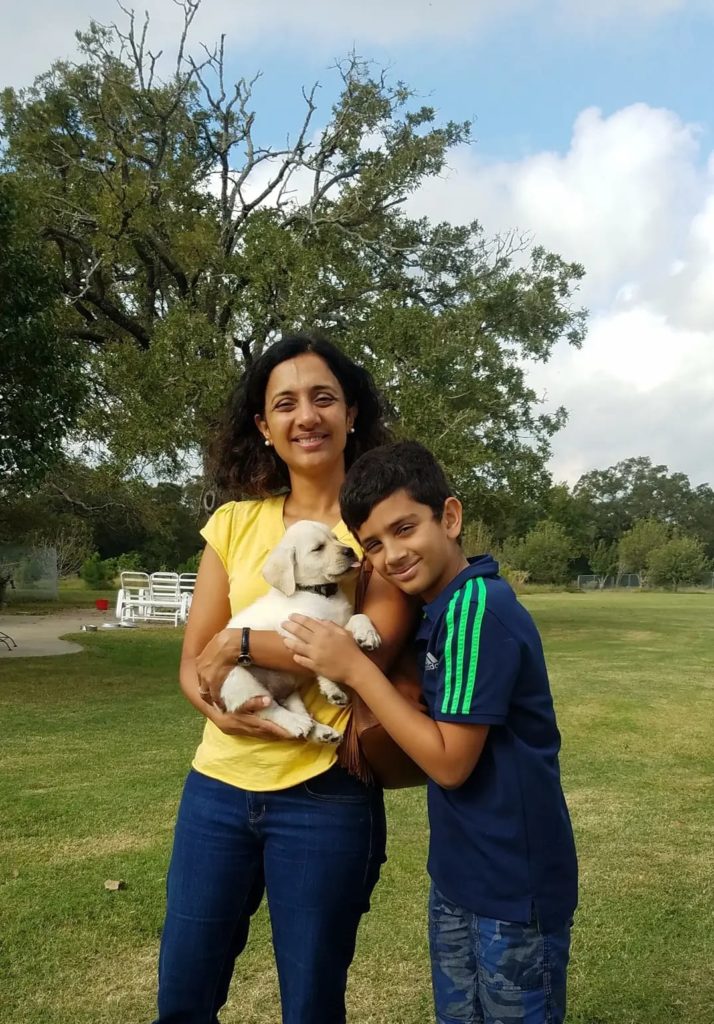
Nunchuk joined our family 5 years ago today….


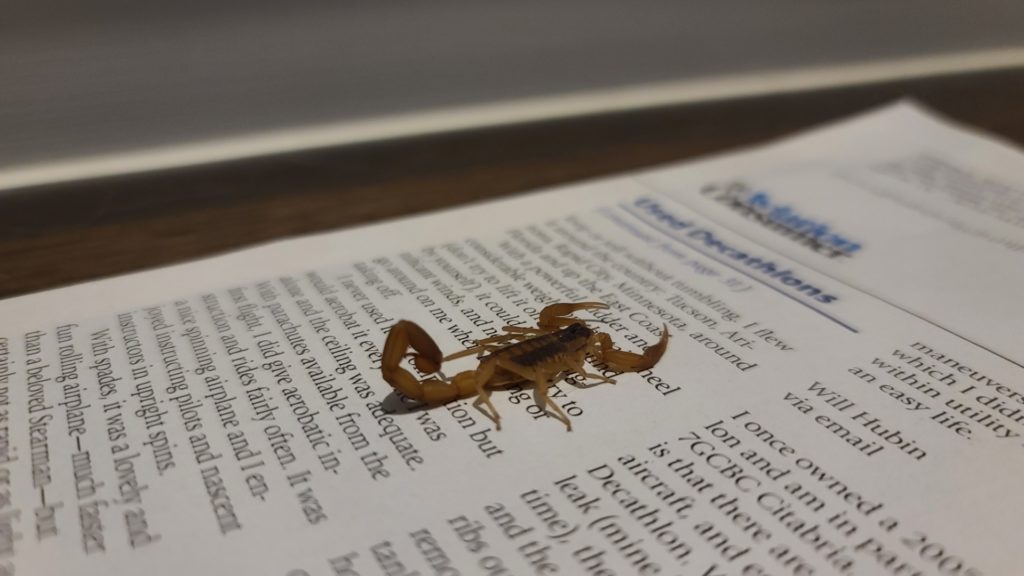
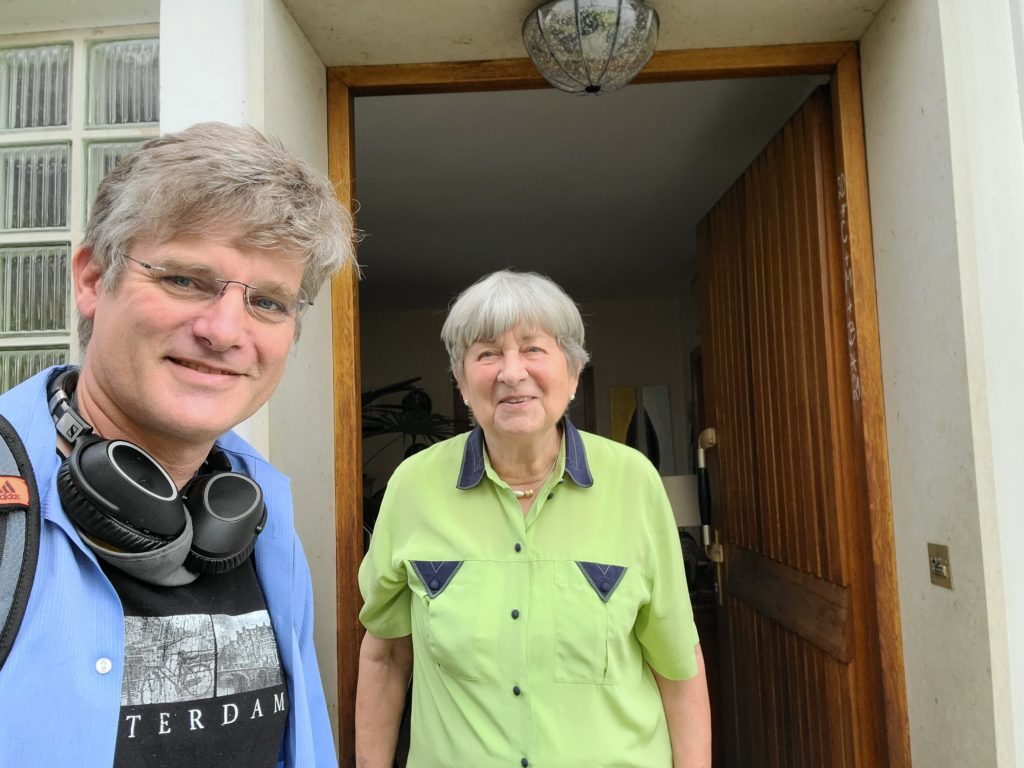
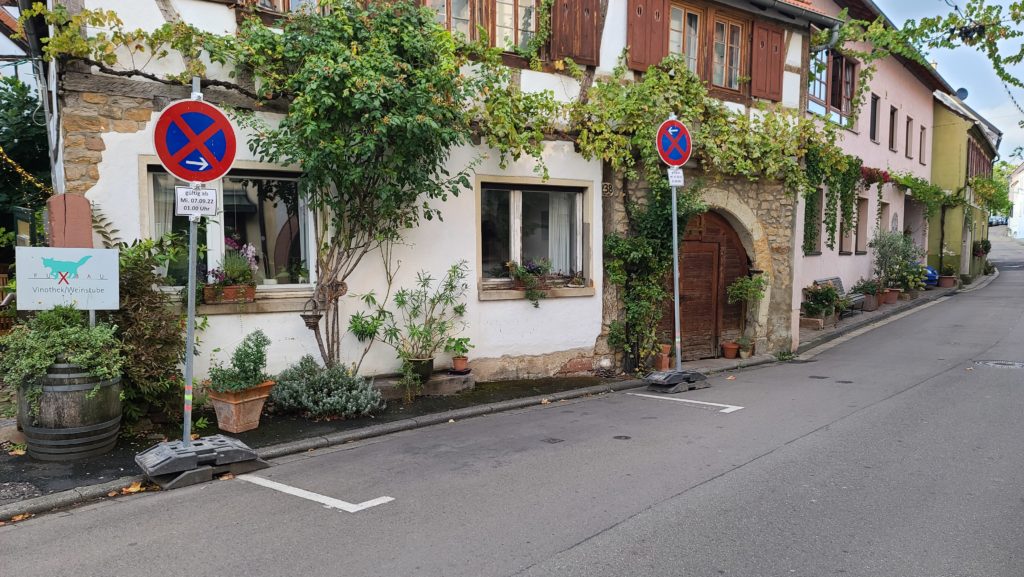


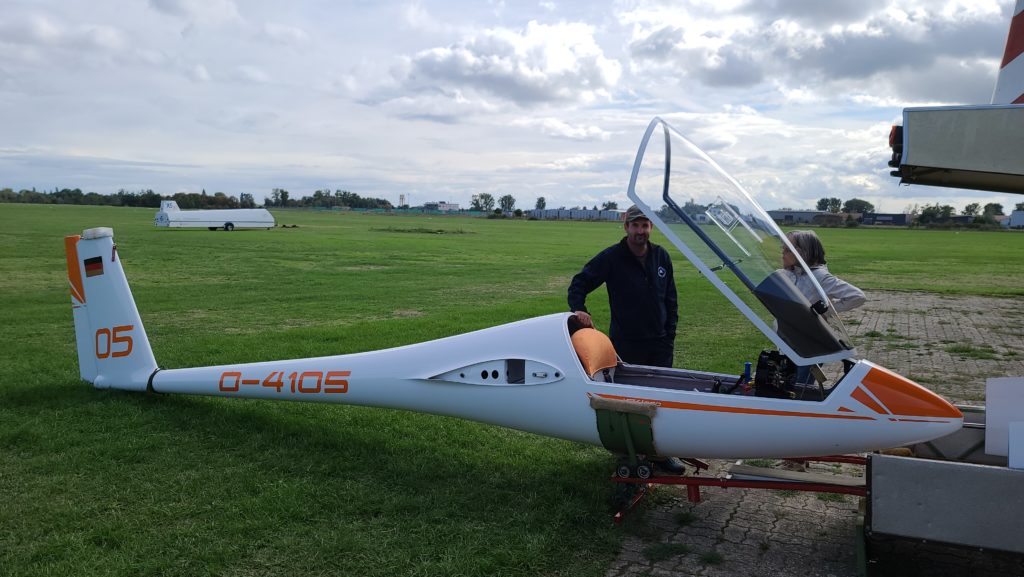
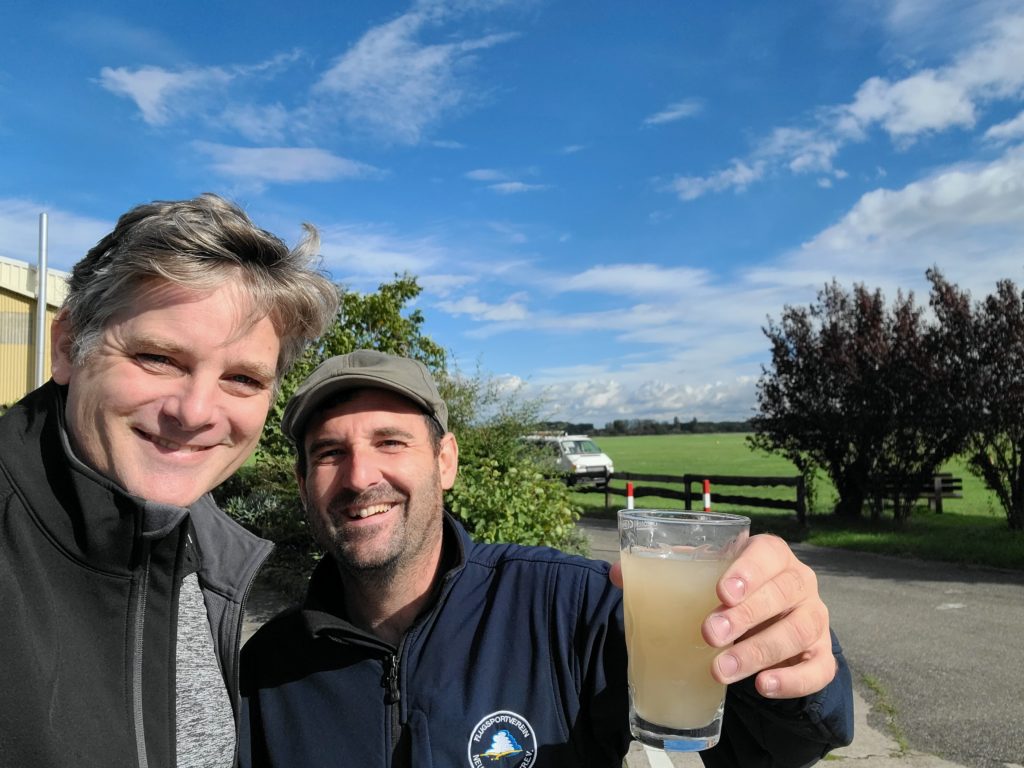
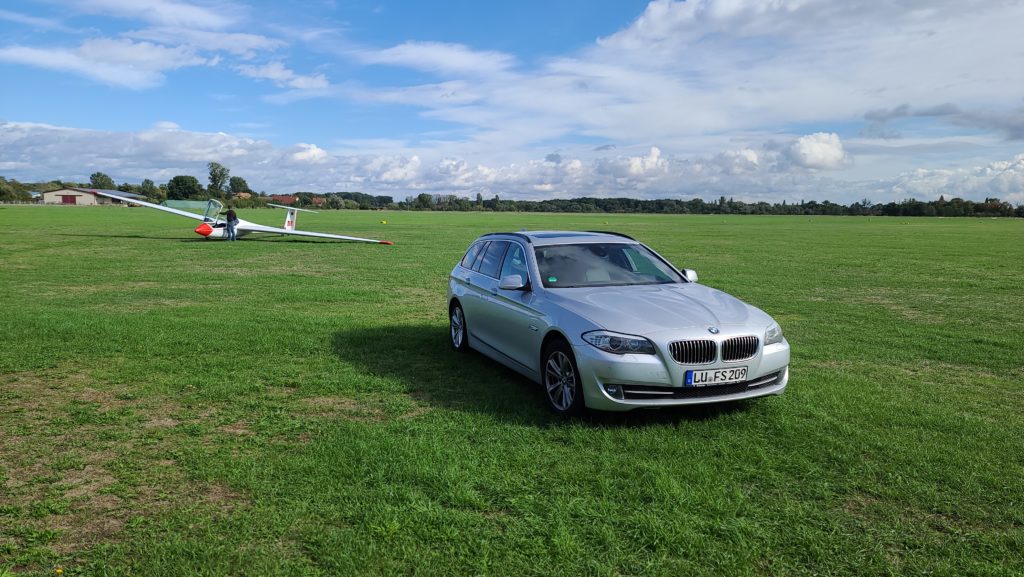
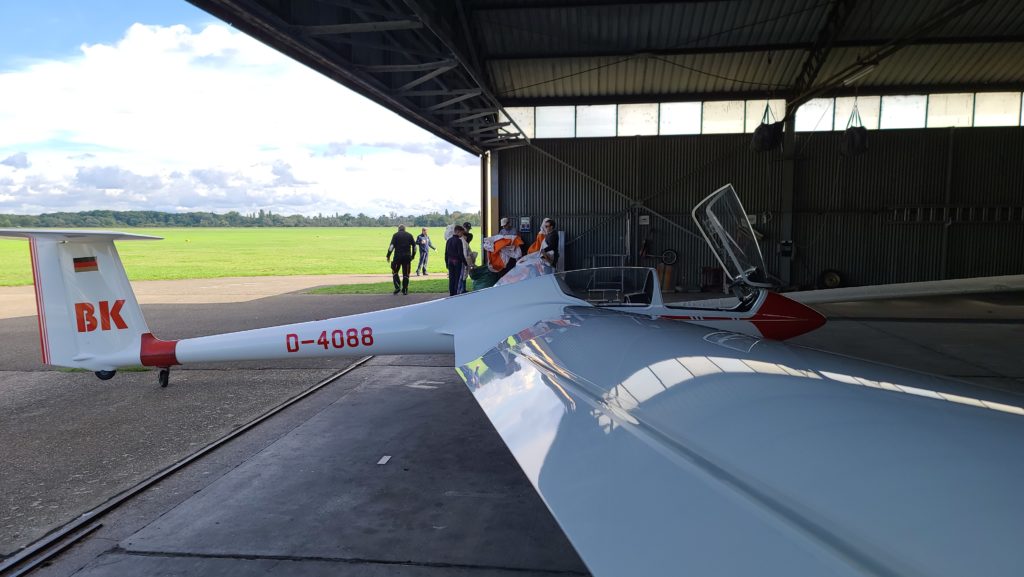
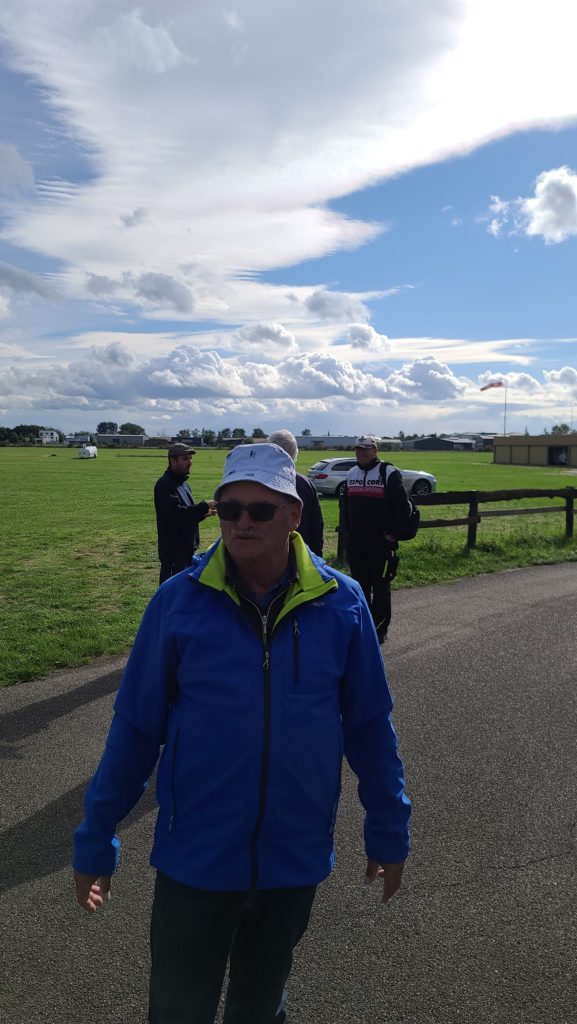
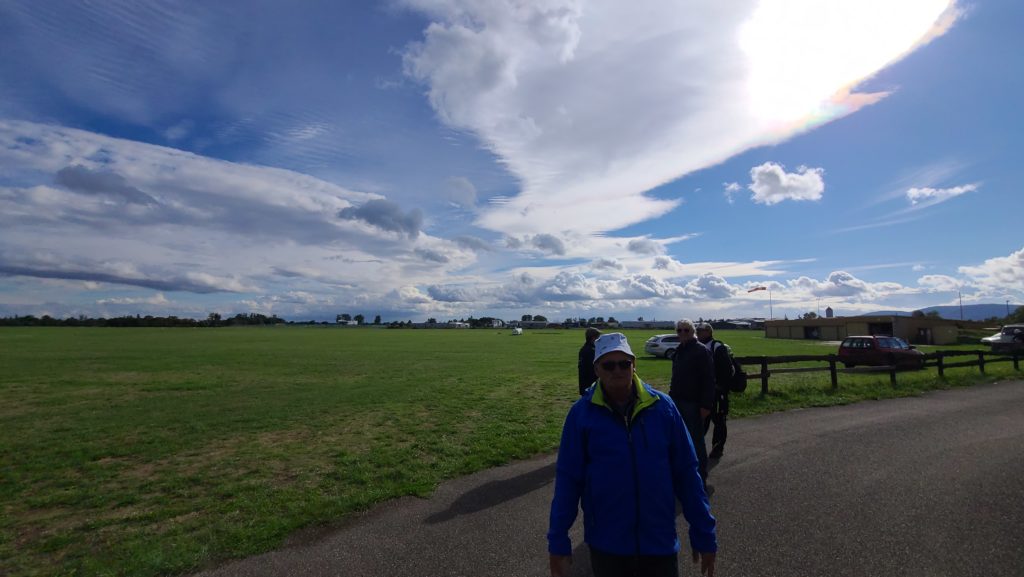
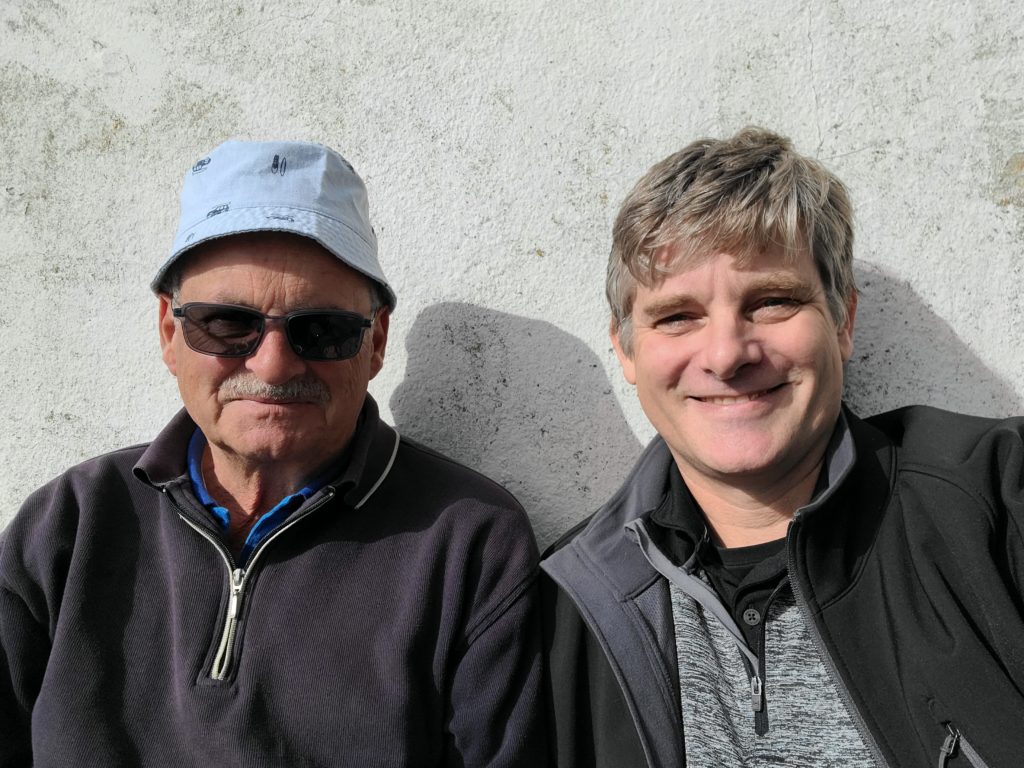
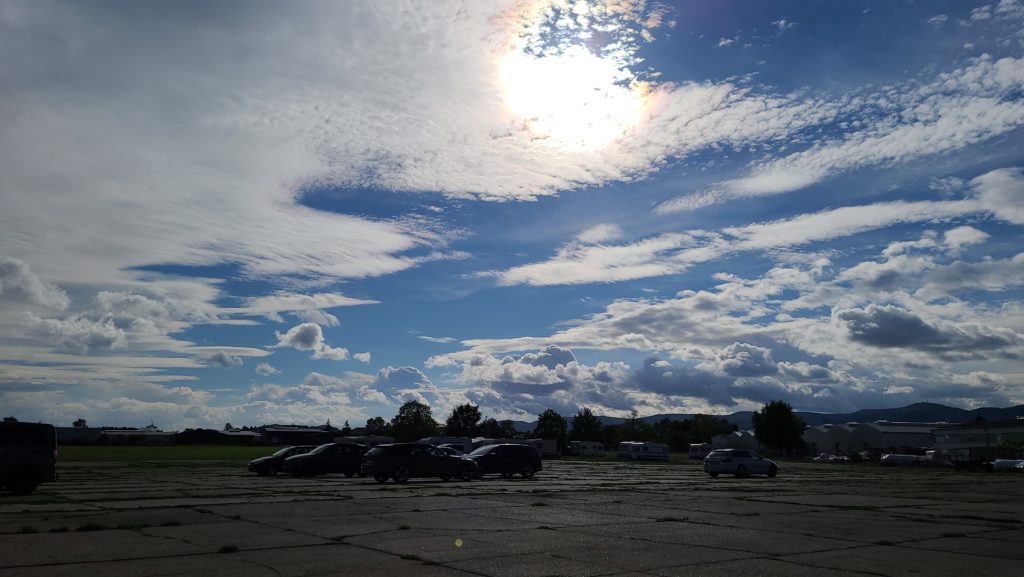
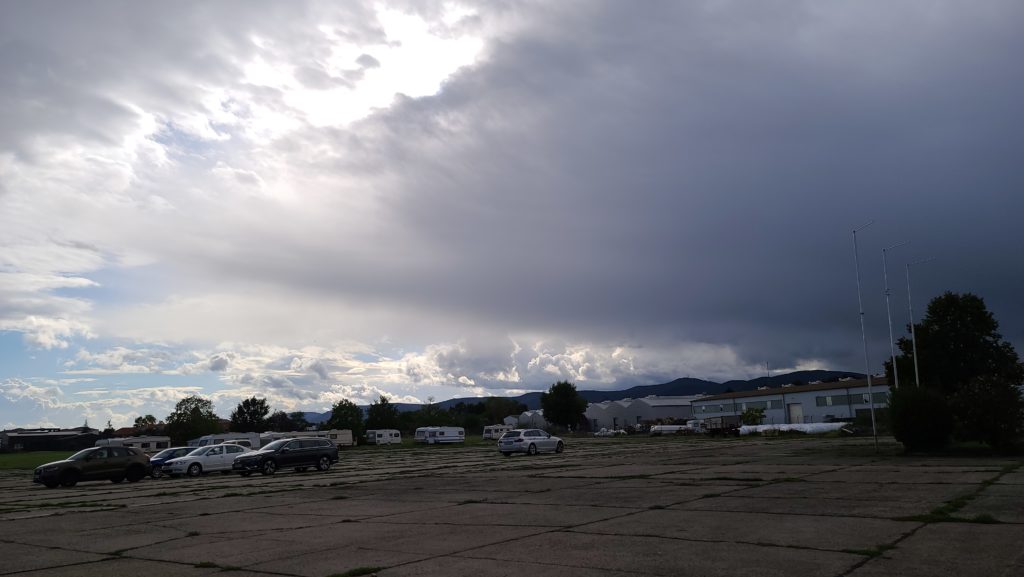
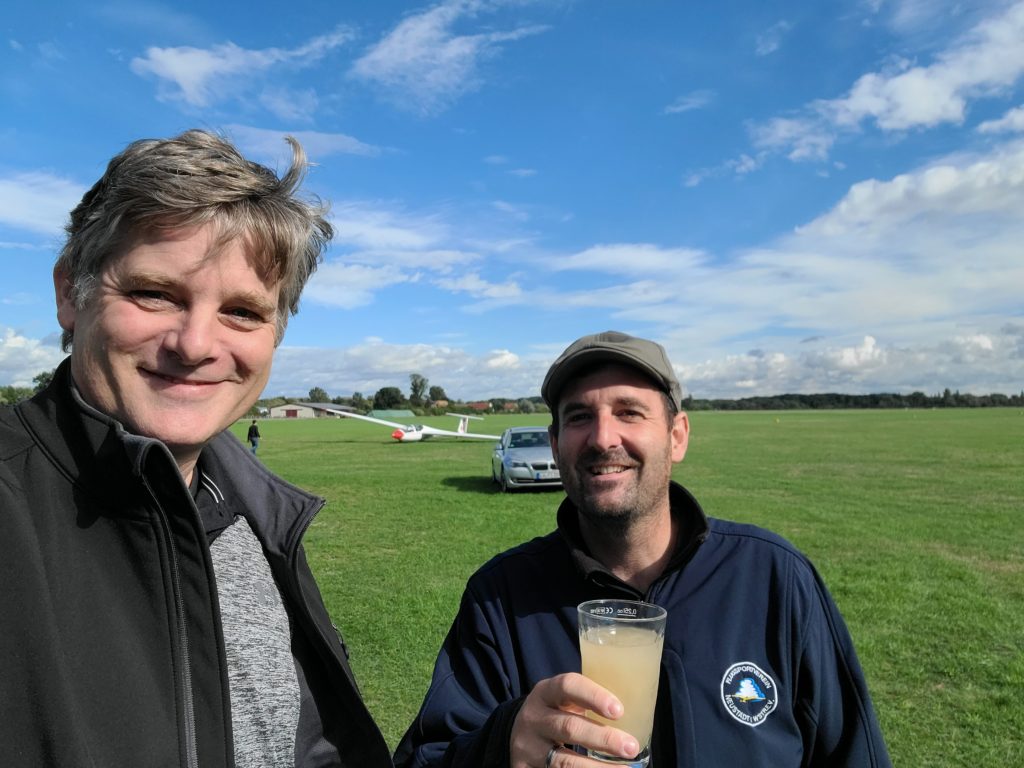
On my return flight from the Bay Area (KRHV) I was taking advantage of a slight tail wind at altitude to stretch the maximum distance I could cover with our Turbo Normalized 1984 Bonanza F33, which carries 105 gallons of fuel.
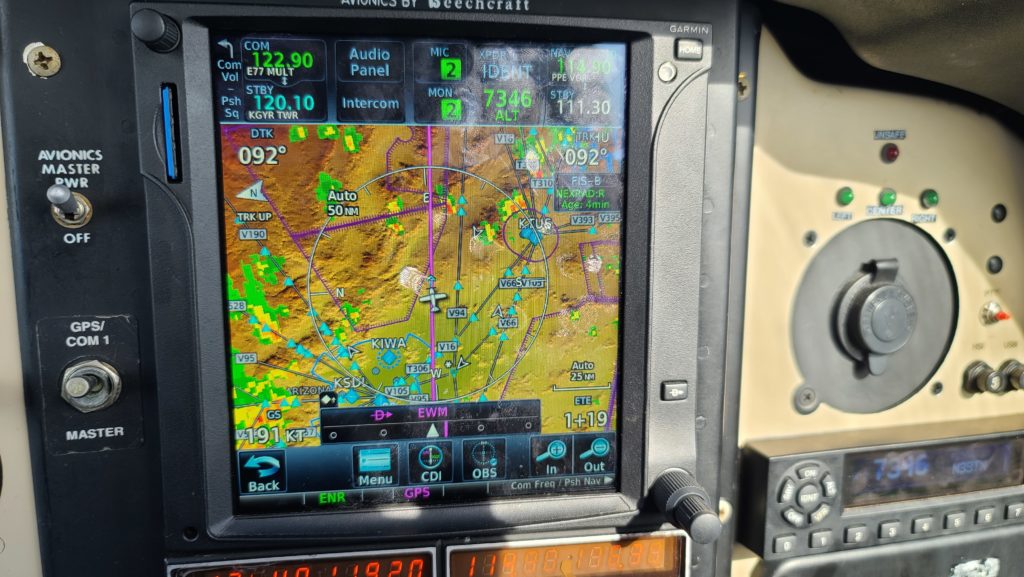
As always when flying higher than 14k ft, I had a second oxygen system stand-by and the second mask already attached around my neck – just in case.
Flying in 17.5k ft I rearranged the oxygen bottle on the back seat to find my dinner behind the co-pilot’s seat. That’s when the plastic fitting that attaches the oxygen line to the regulator on the bottle sheered off cleanly – unbeknownst to me. I started eating and started to feel dizzy. When I checked the O2 controller I noticed the O2 alarm (red light). That’s the moment I realized I was in serious trouble!!
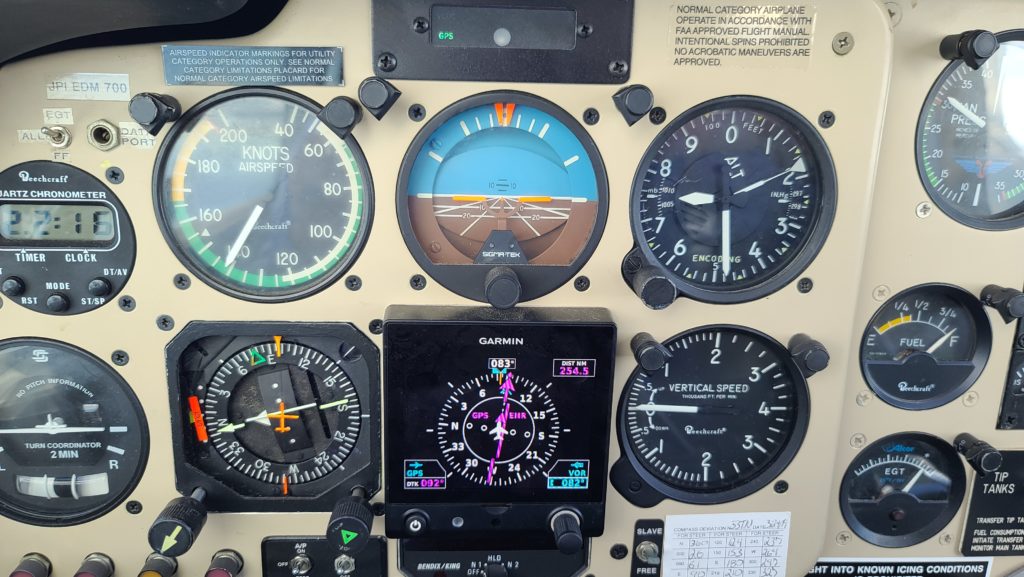
I checked the bottle pressure next when I found the snapped off connection – slight panic. I tried to stuff the second cannula in my face. But I couldn’t find the second oxygen controller and bottle right away. Memories of the barometric chamber video from 30 years ago where we were playing cards without ever feeling impaired before passing out in 20k ft flashed before my inner eye. I switched strategy to initiate an emergency descent, expecting to pass out soon. Training works. I started press breathing against lip resistance (this increases O2 partial pressure in the lungs) and squawked 7700, dropped the gear, reduced power and nosed over, then declared an emergency on frequency. The panic from being dizzy was very unsettling, fearing to pass out any second now. I descended at 3000 fpm at the top of the green arc looking right at a 8k ft mountain top – this felt like a 60 degree dive. I descended until 10.5k ft where I leveled. I started feeling better at 12k but was seriously shaken. I sorted out the second O2 system and activated it. Then I calmed my nerves and canceled the emergency with ATC. The blood O2 saturation sensor showed 94%. Saved. It took me about 10min before I could fully resume the responsibilities as PIC. George, the autopilot, had my back in the meantime. I remember requesting the minimum descent altitude (MDA) during the emergency, but don’t recall ever getting an answer from ATC. But I wouldn’t rely on my memory on this. In fact, even some of my recollections might be flawed. This is just how I remember it.
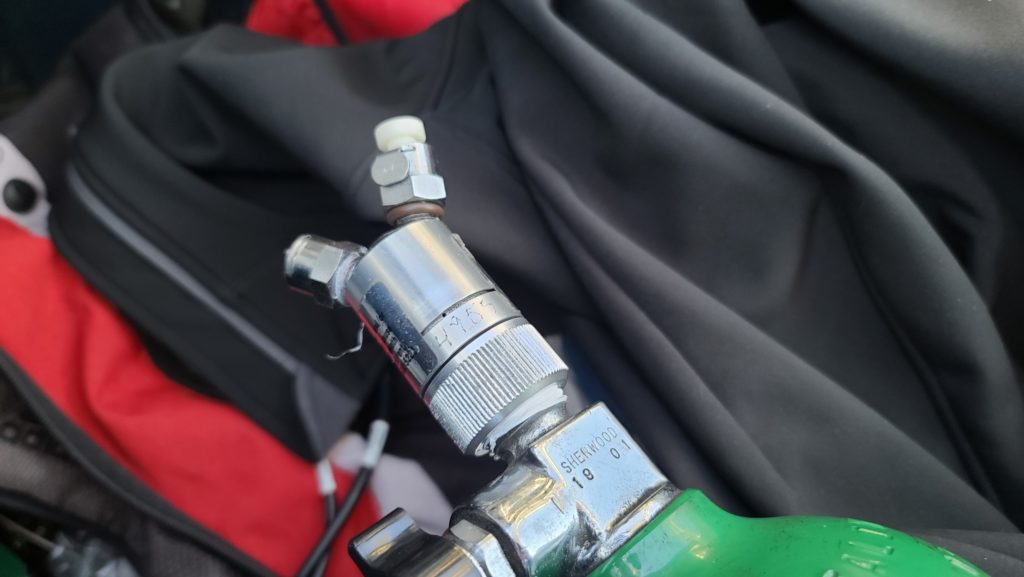
Emergency descending from 17.5k ft is materially different than descending from 20+ k feet. The first is over in 2min, the latter takes a lot longer with less time to unconsciousness. I would have been almost guarranteed to black out at the higher altitudes. Despite backup O2. Time to unconsciousness reduces non-linearly with altitude. If I recall correctly it’s 10-12sec at 30,000ft.
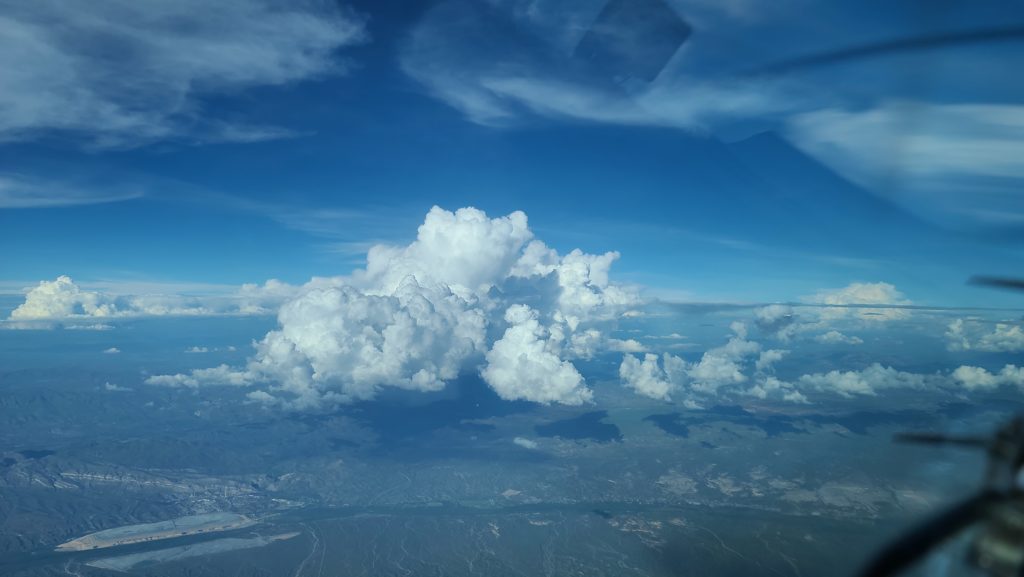
My learning is that I’ll probably stick to 15,500ft cruising altitudes in the future. That’s a much less hostile environment when things go wrong. Also having a second O2 might not be as easy to use in an emergency. That’s actually a bit shocking.
Now I want to find my radio recording with Albuquerque Center …
